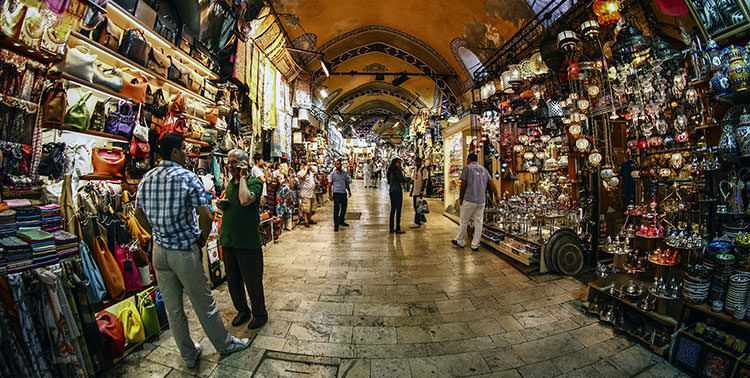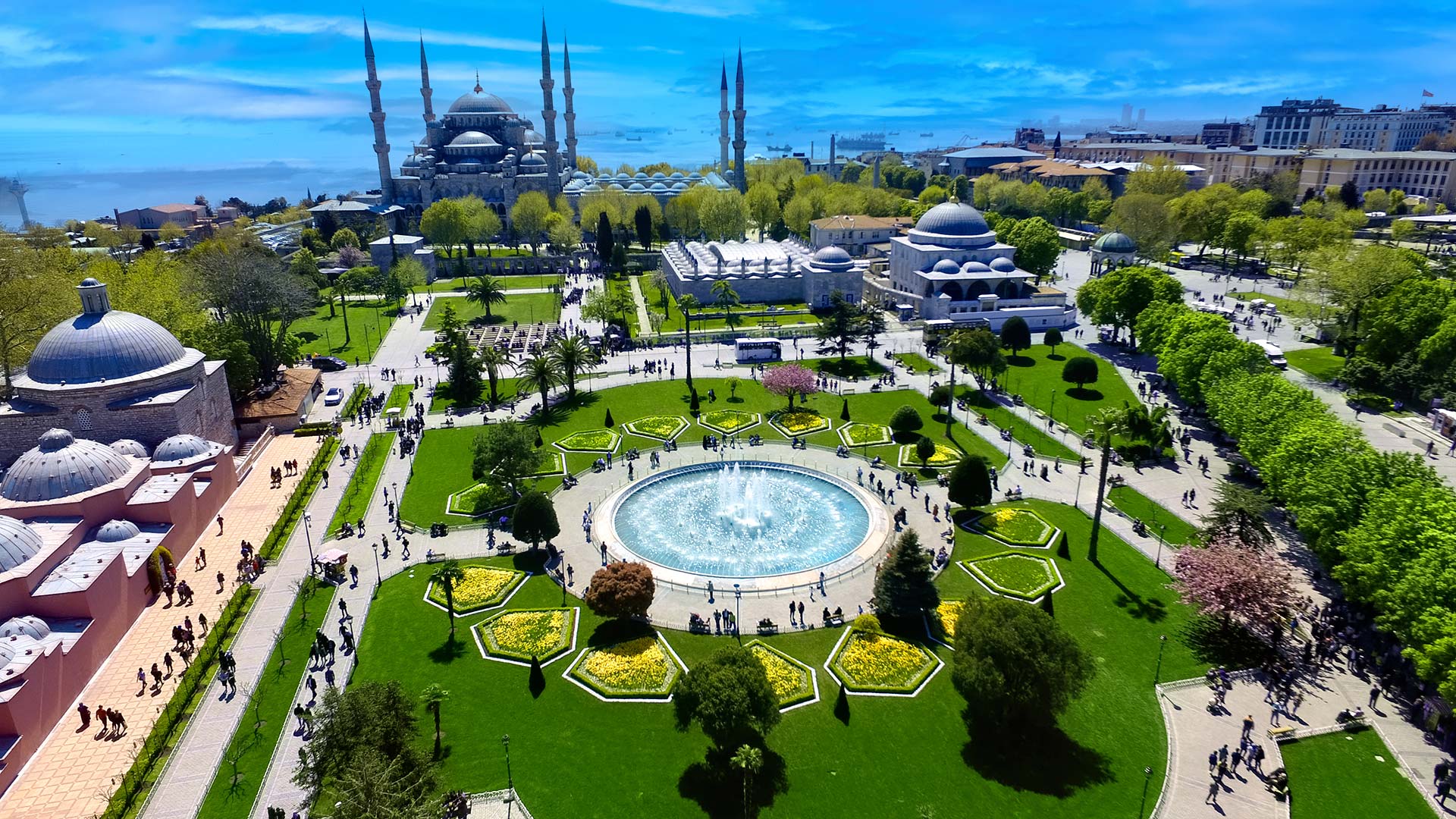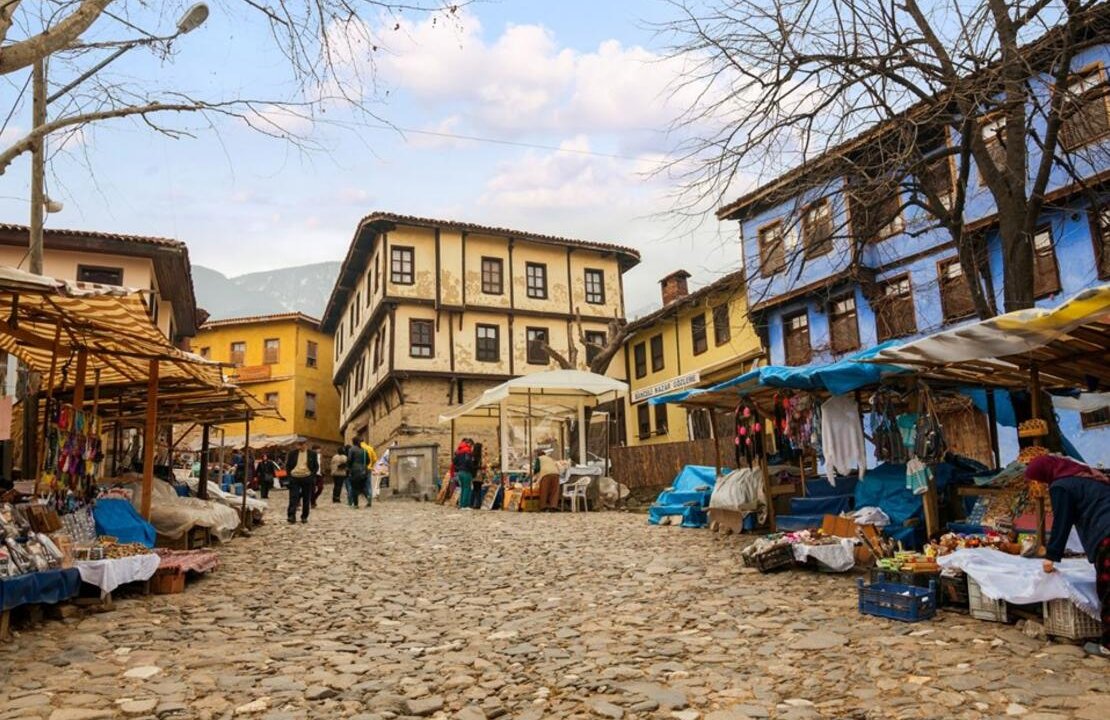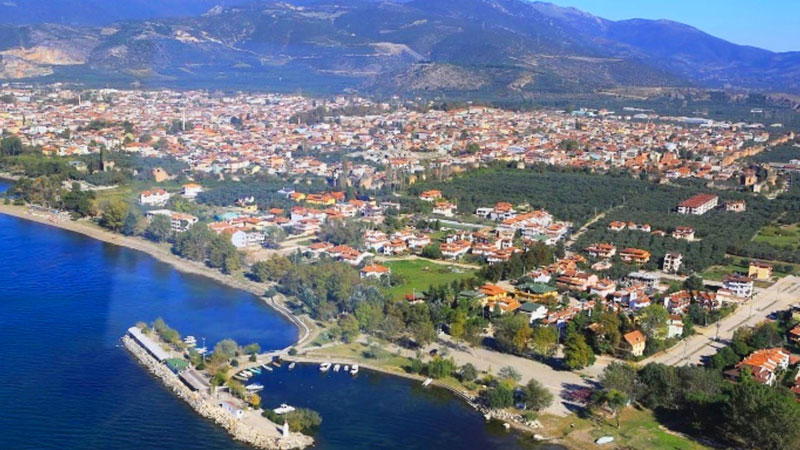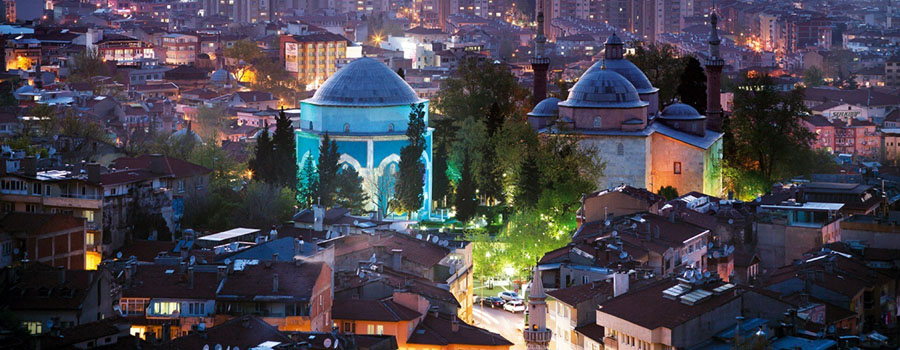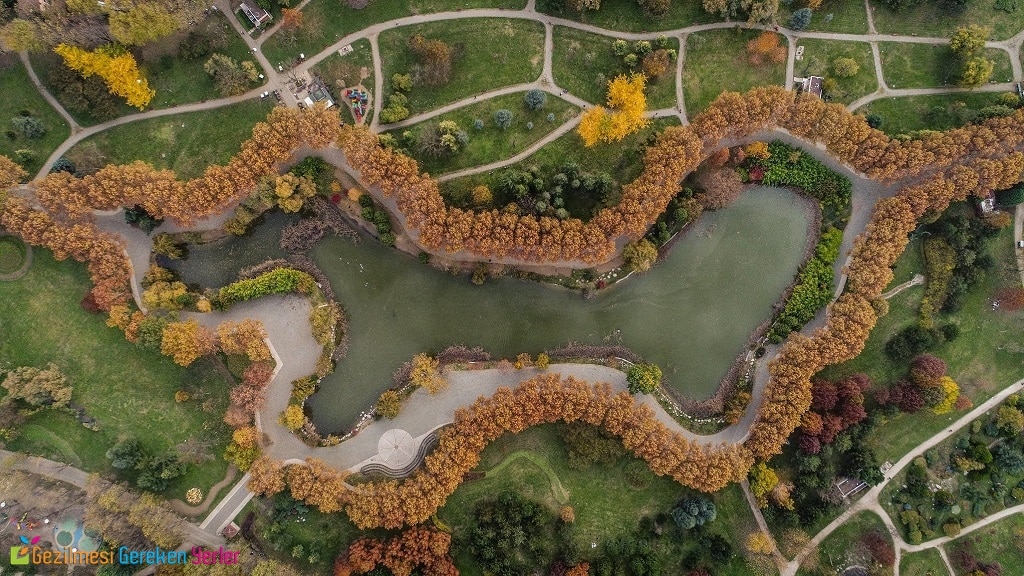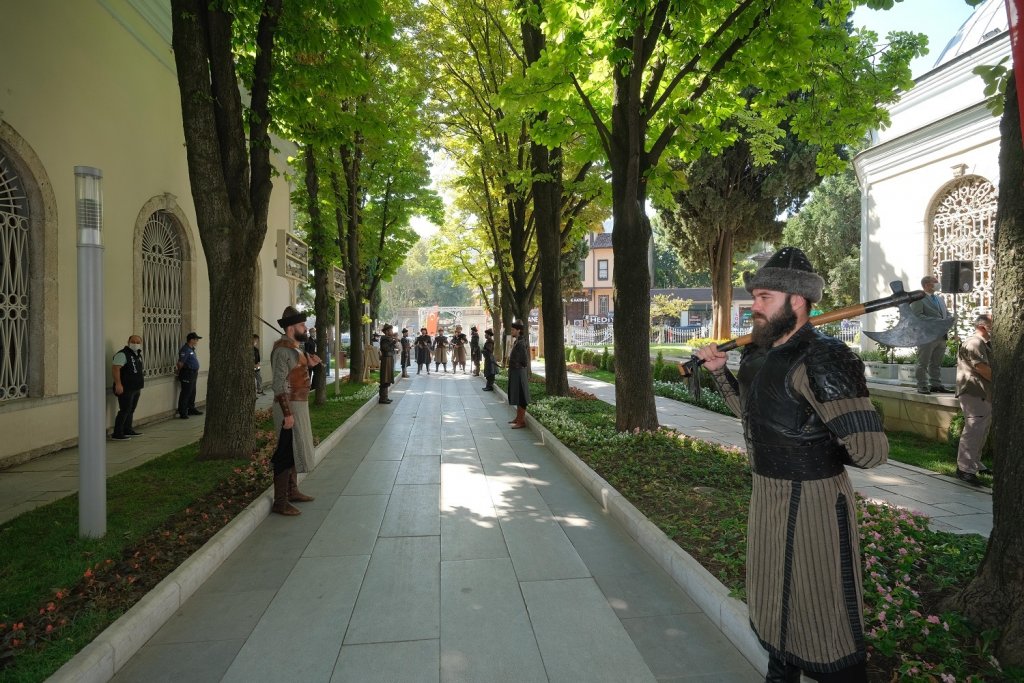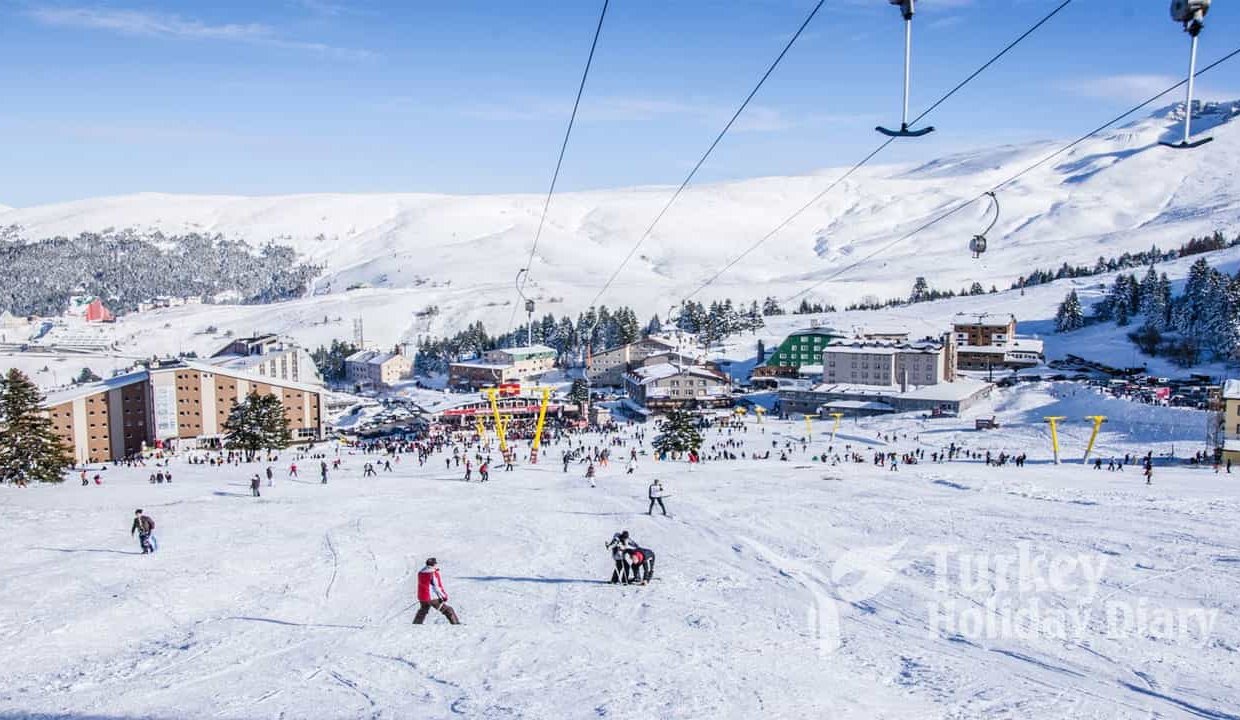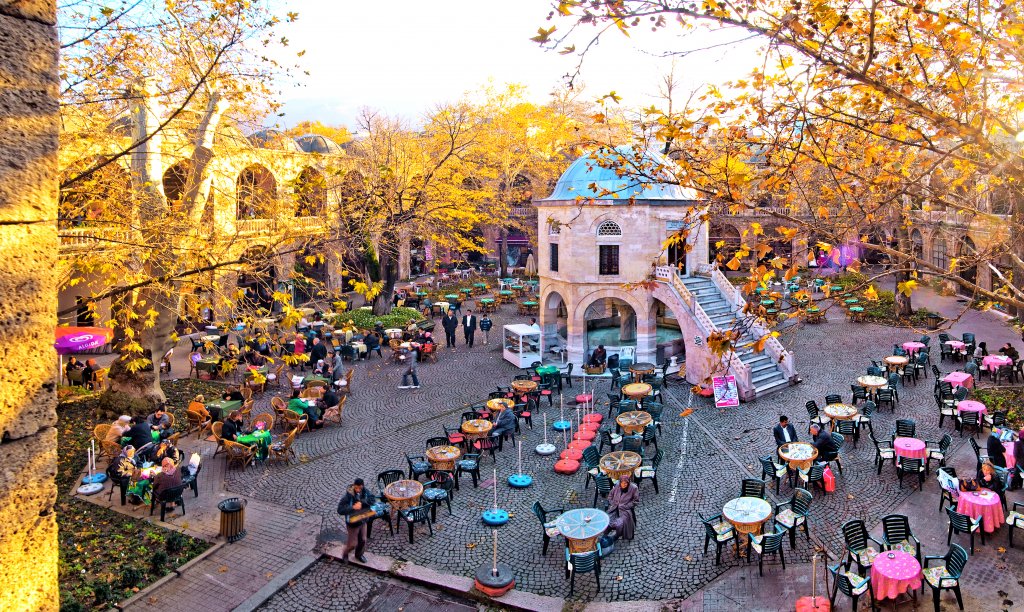The Grand Bazaar also Büyük Çarşı, meaning ‘Grand Market in Istanbul is one of the largest and oldest covered markets in the world, with 61 covered streets and over 4,000 shops on a total area of 30,700 m2, attracting between 250,000 and 400,000 visitors daily.In 2014, it was listed No.1 among the world's most-visited tourist attractions with 91,250,000 annual visitors The Grand Bazaar at Istanbul...
The Hippodrome of Constantinople was a circus that was the sporting and social centre of Constantinople, capital of the Byzantine Empire. Today it is a square named Sultanahmet Meydanı (Sultan Ahmet Square) in the Turkish city of Istanbul, with a few fragments of the original structure surviving. Although the Hippodrome is usually associated with Constantinople's days of glory as an imperial capital,...
Cumalıkızık is a village in the Yıldırım district of Bursa Province, located 10 kilometers east of the city of Bursa, at the foot of Mount Uludağ. Its history goes back to the Ottoman Empire's foundation period. The village is now included within the border of the Yıldırım district as a neighbourhood. Cumalıkızık was founded as a vakıf village. The historical texture of the village has...
Iznik is a town and an administrative district in the Province of Bursa, Turkey.It was historically known as Nicaea, from which its modern name also derives. The town lies in a fertile basin at the eastern end of Lake İznik, bounded by ranges of hills to the north and south. The town is only 90 kilometres (56 miles) southeast of Istanbul but by road it is 200 km (124 miles) around the Gulf of...
Inkaya Tarihi Cinar is a very old and large sycamore tree in the Inkaya neighborhood south of Bursa. It is about 600 years old, and is named after Inkaya, one of the first villages of the Ottoman Empire. Its leafy canopy shades a small park, with 13 main branches. It is claimed to be 35 m high with a trunk 3-4 m thick and over 9 m in circumference. As I sat under this massive tree, I felt a living link...
The Green Tomb (Yeşil Türbe) is a mausoleum of the fifth Ottoman Sultan, Mehmed I, in Bursa, Turkey. It was built by Mehmed's son and successor Murad II following the death of the sovereign in 1421. The architect Hacı Ivaz Pasha designed the tomb and the Yeşil Mosque opposite to it. Set amid cypresses on top of the hill in the Yeşil neighborhood in Bursa, the mausoleum stands higher than the rest...
“Soğanlı Botanical Park” was opened to service in 1998 in order to bring plenty of oxygen, new rest and healthy sports fields to the city as part of the green belt in Bursa. Soğanlı Botanical Park; It is an open park with herbal researches and scientific studies together with protecting the Bursa Plain with 400.000 m2 area, 8000 trees from 150 species, 100.000 bushes from 76 species, 50.000 ground...
Osman I or Osman Ghazi ( romanized: ʿOsmān Ġāzī; Turkish: Birinci Osman or Osman Gazi; died 1323/4), sometimes transliterated archaically as Othman, was the leader of the Ottoman Turks and the founder of the Ottoman dynasty. The dynasty bearing his name later established and ruled the Ottoman Empire (first known as the Ottoman Beylik or Emirate). This state, while only a small...
You need a winter vacation you will not forget definitely you need to choose as a destination the Uludag ski center. There are amazing facilities you can have there to keep yourself busy and to entertain all the period of the time. Ski equipment hire and bike hire are available. You can play table tennis at this hotel, and the area is popular for skiing. The Uludağ resort guide summary is: Uludağ...
The Koza Han (Turkish: Koza Hanı, lit. 'inn of the silk cocoon') is a historic caravanserai (han) in Bursa, Turkey. It is located in the heart of the city's historic market district. Bursa, the first capital of the Ottoman Empire, was also its center of silk production and trade. Particularly in the 14th to 16th centuries, a large number of commercial structures such as hans (caravanserais),...

